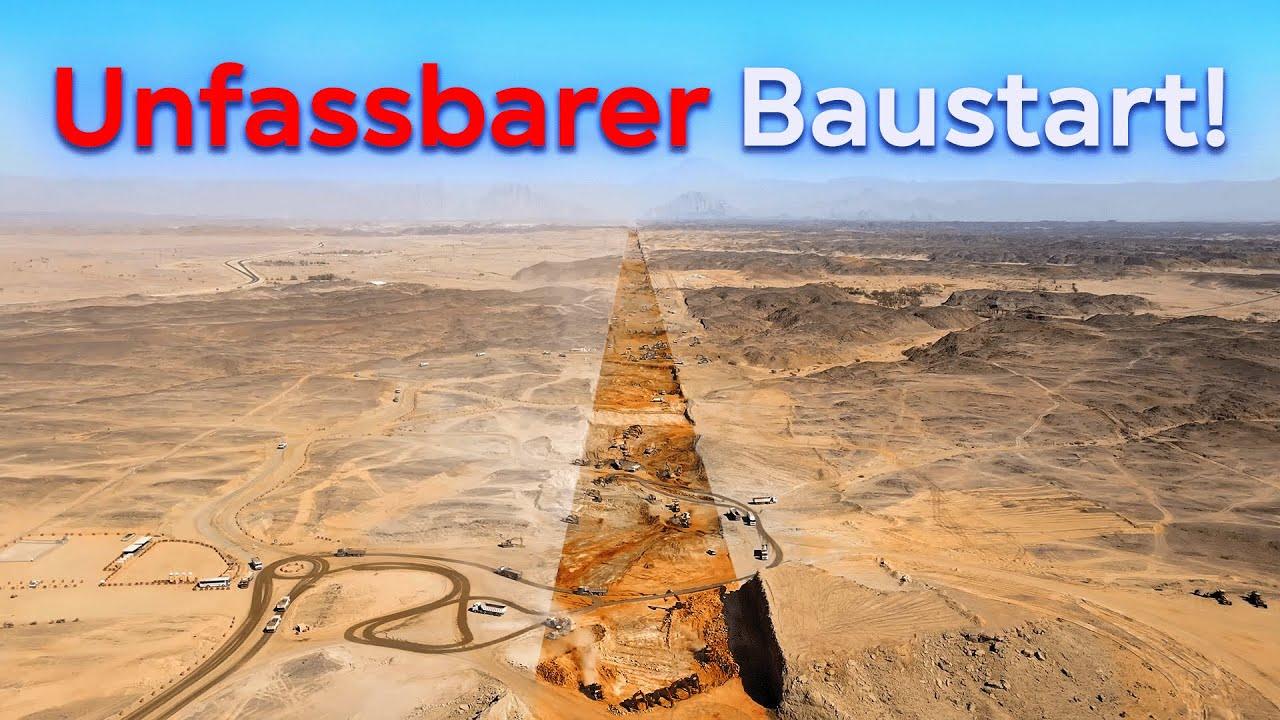Discover NEOM: Saudi Arabia’s Vision for the Future

Introduction to NEOM
NEOM is an ambitious project initiated by Saudi Arabia aimed at creating a futuristic city that marries technology, sustainability, and innovation. Spanning over 26,500 square kilometres in the northwestern region of Saudi Arabia, near the Red Sea, NEOM is designed to be a hub for businesses in various sectors such as biotechnology, food, energy, and advanced manufacturing. The significance of NEOM lies in its potential to reshape urban living and accelerate economic diversification within the Kingdom, reducing reliance on oil revenues.
Key Features and Developments
NEOM will feature several unique districts, each tailored to specific industries. One of the most innovative aspects of the city is ‘THE LINE’, a linear urban development that will stretch over 170 kilometres without cars, promoting walkability and reducing carbon emissions. Additionally, NEOM aims to harness renewable energy sources, intending to operate entirely on wind and solar power.
Moreover, the project is expected to accommodate a population of around 9 million people by 2045, integrating smart technologies that enhance the quality of life. The use of artificial intelligence and cutting-edge infrastructures, such as robotic services and a fully connected city, promises to set a new standard for urban living. Various international firms and innovators have expressed interest in participating, which adds to the credibility and prospects of NEOM as a global innovation hub.
Current Status and Future Outlook
As of 2023, substantial progress has been made on NEOM, including investment in infrastructure and partnerships with multinational corporations. The Saudi government has committed to significant funding and support, aiming to attract $500 billion in investment over the next few decades. This aligns with the Vision 2030 initiative, which seeks to diversify the economy and position Saudi Arabia as a leader in technological advancement.
However, NEOM also faces challenges, particularly concerning environmental sustainability and social acceptance. Critics have raised concerns about the impact on local communities and wildlife. Nevertheless, the Saudi government has emphasised its commitment to ensuring that the development aligns with environmental best practices and respects local habitats.
Conclusion
NEOM represents a transformative vision for urban development in the 21st century, leading towards a sustainable and technologically driven future. As the construction and planning continue, NEOM could potentially change the landscape of Saudi Arabia and influence urban development models worldwide. The successful execution of this massive project could lead to valuable lessons in urban sustainability, showcasing how innovation can be harnessed to create livable environments for future generations.
